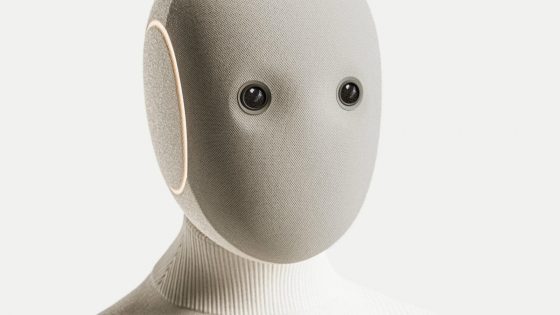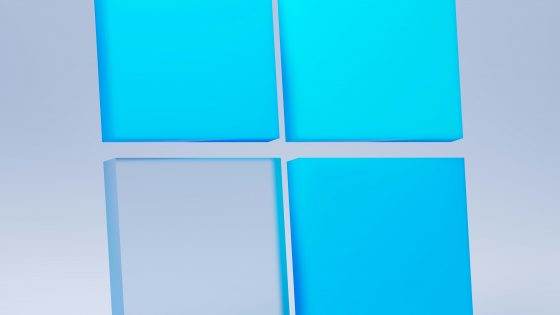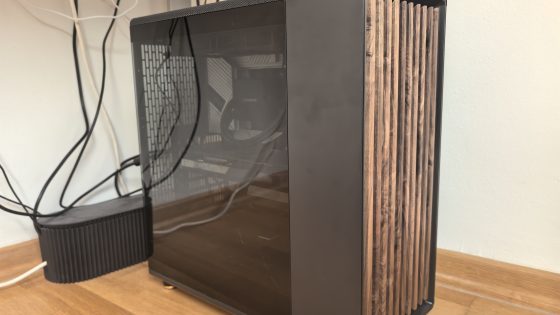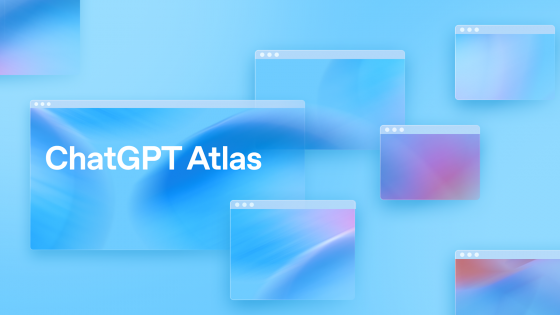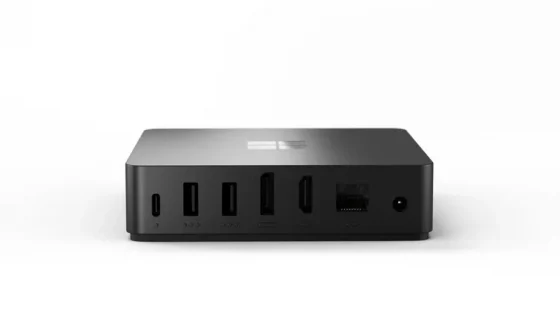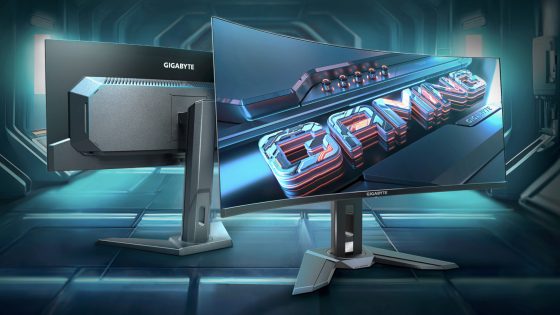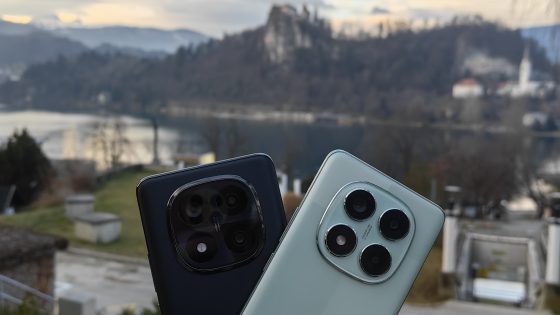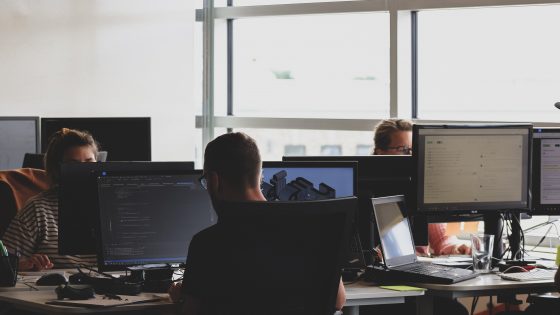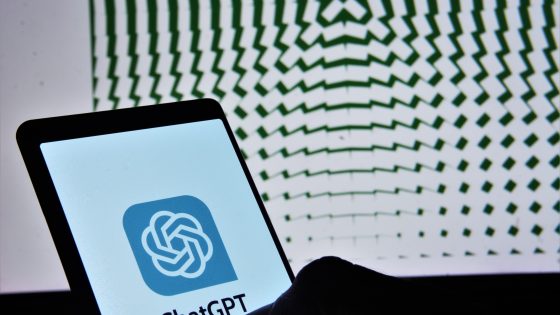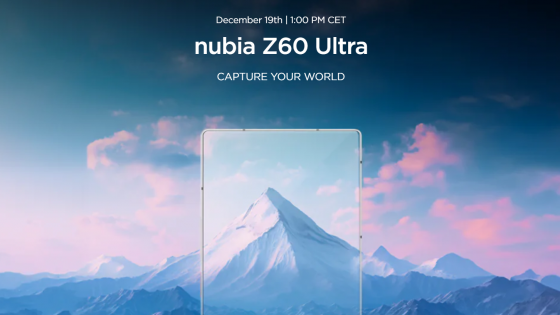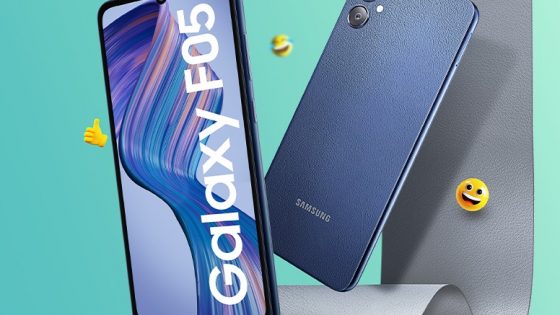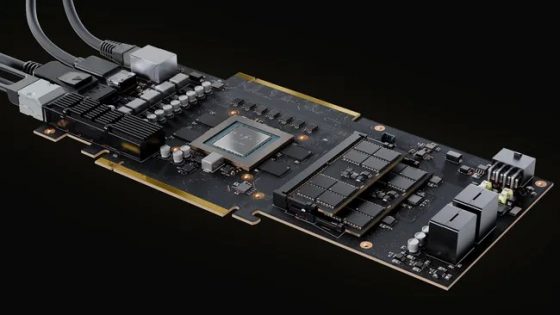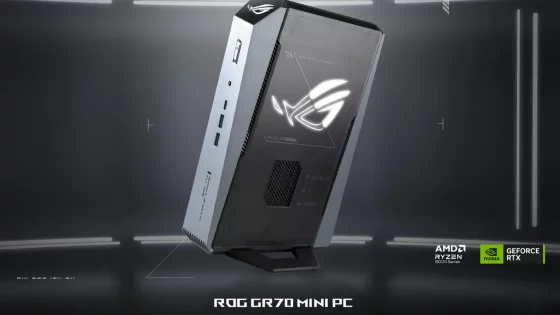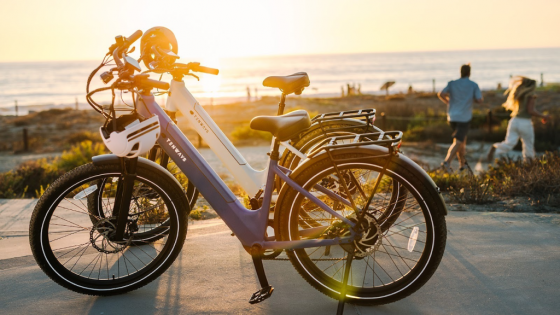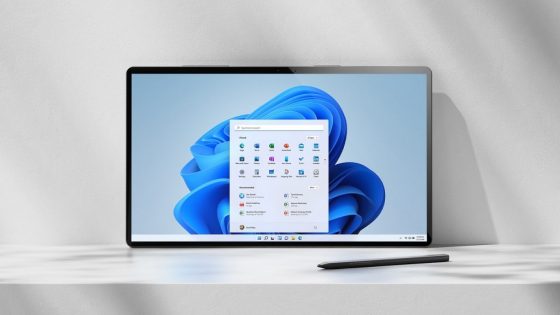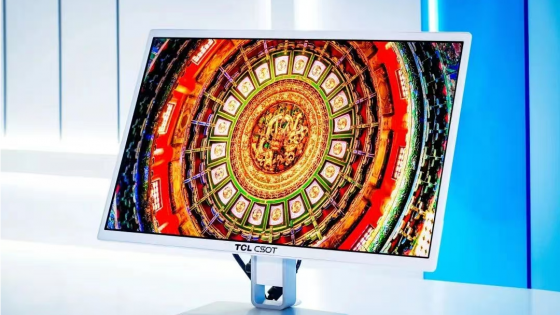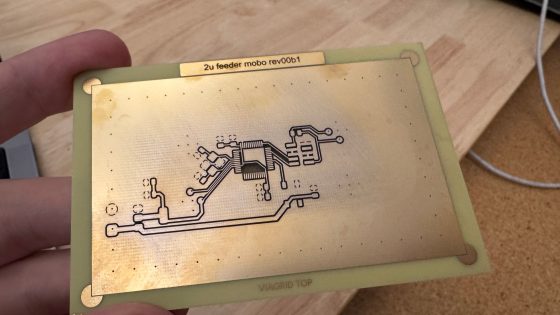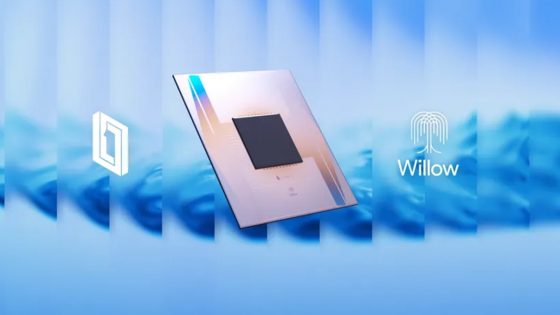How to recognize AI content?

You can still believe your eyes that what you see is actually real. Every day, new photos created by artificial intelligence appear on the Internet. Photo generators like Midjourney, DALL-E 3, Bing Image Creator (also using the DALL-E model) are getting so good that sometimes it's really impossible to tell if it's a real photo or an AI. And they do it in just a few seconds, while a real photographer or artist has to invest much more time to capture a similar photo. It has to consider light, perspective, choosing the right sensor, location, clock and more. In Midjourney, we simply enter a few commands and in less than a minute the program suggests several different photos.
They recently did in the US test, which tested 1,000 adults on whether they were able to distinguish between what was real and what was created by artificial intelligence. In half the cases, they were wrong. That's the power of the Sora language model, the latest brainchild of OpenAI, which started this AI craze with chatbot ChatGPT.
V prihodnjih letih bomo vsi morali postati Sherlock Holmes in temeljito preiskati vsako vsebino, ki se nam bo zdela sporna ali sumljiva. Tudi če bo vsebina pristna, bomo vsaj delno sumničavi, ali ne gre morda za AI vsebino – že samo zaradi obstoja teh visokozmogljivih orodij.
But there are certain signs that reveal that it is artificial intelligence. Signs that we need to learn to recognize, although it is very likely that these tips will be out of date in a few months.

Too many toes, curled toes and other abnormalities
Linguistic models are trained on large datasets, whether from images, videos, text, and anything else that holds useful information. This knowledge allows them to use our commands to compose new images, videos and even sound recordings. You may have noticed that there are more and more fake, or deepfake, recordings and voices imitating celebrities for fraud purposes. For example: Elon Musk's image was recently used to promote dubious investments, as was YouTuber MrBeast.
However, despite everything, artificial intelligence can be wrong. Her body parts give her big headaches. Even experienced artists have problems with human hands, how could artificial intelligence not have them? He often does not know what to do with his hands or fingers, so in the pictures he creates, we often see a person with six fingers, too few fingers, too long arms, and the like. If the subject is holding an object in the hand, it can also happen that the wrist is turned upside down, or that the left hand is placed on the right wrist, and similar mischief.
Se spomnite sliko papeža Frančiška v veliko preveliki jakni? Ne samo, da se celotna podoba ne sklada s statusom papeža – če povečamo sliko, lahko na njegovi desni roki opazimo, da prstov ni oziroma so se zlili v neko nenavadno maso.
If a picture or video looks suspicious, check the limbs first. That's where artificial intelligence makes the most mistakes.
Pay attention to details
While the main subject may look perfect, there can be a lot going on in the background. If the image is excessively blurry, but you can still see objects in the background that are meaningless or distorted, this is a sign that the content was created by artificial intelligence. This applies to both photos and videos. Even Sora, which confused half of the participants in the test, has problems with consistently displaying several different subjects in the background, especially human faces, in the recordings.
Is the skin too smooth? Hair too perfect? The cameras on our phones can do many things, they are also good at correcting our beauty flaws, but artificial intelligence goes a few steps higher. In fact, she likes to overdo the beauty fixes, so this could be one of the signs that it's AI content.
Svetloba, sence, kontrasti … so prav tako lahko dober pokazatelj pristnosti. Najprej preverite, ali imajo vsi subjekti lastno senco oziroma je ta usmerjena v pravo smer. Poglejte odseve in kako se svetloba odbija od različnih predmetov. Vsaka podrobnost je lahko dober znak (ne)pristne fotografije.
Food in advertisements has always deceived us. Although in Slovenia we have not yet seen the excessive use of artificial intelligence to create food advertisements, this is already happening elsewhere. You will recognize her because she will look even more perfect than usual, or because the style of the picture will remind you too much of cartoons.
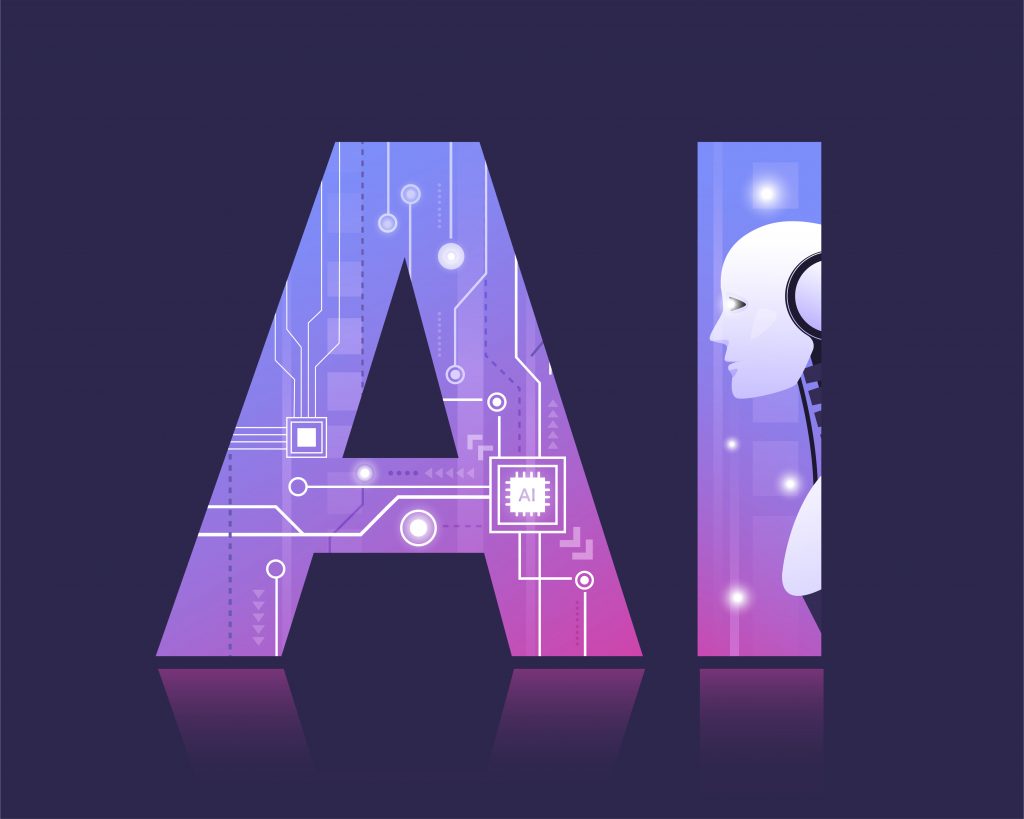
He is not good with words
ChatGPT can prepare an article, a poem, a story, a love letter or anything else for us in a few seconds. It currently runs on the GPT-4 (Turbo) language model and can be a useful tool even for writers like us, but without detailed instructions we'll end up with some general content that isn't very interesting. He also likes to use the same compositions very much. He likes to use "In this digital world..." for the introduction, "In the following..." or "In this article we will..." at the end of the introduction, intertitles are usually very general. For example, if it describes a phone, it will use the name of the components for intertitles. If the intertitle is longer, it will often capitalize all the words. He has problems with prepositions, but he also likes to use words that we don't hear very often, like "conclusive, reassuring..." and the like.
There is nothing wrong with helping each other with the tools available to us. However, it is important that we use the tools correctly, we check the content and correct it as well.
Words are a big problem for photo generators. If you command him that you want him to create a birthday card for you and it says "Happy birthday, John! When are you going to worship the round?”, you will most likely get the grease. The problem is not only in noisemakers and in Slovenian, language models generally have problems with generating words in pictures. Even if you want the text in English, it may happen that you get something completely different from what you want.
Each generator also has its own distinctive style of creating photos. If you use DALL-E 3 regularly (within ChatGPT), then you know that its trademark is a more animated style of photos. Once you're used to it, looking at a photo will tell you immediately that it was created by artificial intelligence.
Help yourself with Google Lens or Google image search
When you find a suspicious photo online, right click on it and "Search with Google", you can also paste it into the Google search engine and Google will show you similar results. You'll also notice "Find Photo Source" at the top, which does exactly what you think. You won't necessarily find the original creator, but at least you'll find evidence that it's a real photo or not.
In the real world, you can help yourself with the function in the same way Google Lens, which is hidden in every camera on Android phones. Point your camera at a photo, search the web and see the results. If there's a famous person in the picture and Google doesn't show you any relevant results, chances are it's an AI photo.
Eyes on the stalks!
The big problem will be our attention. While we browse social networks, watch short YouTube videos and the like, we usually do not pay attention to the smallest details and trifles. It can happen to anyone that they will notice a photo, recording or sound and will imprint in their subconscious that it is something genuine, even though it will not be the case.
There are tools (AI or Not, Hive Moderation …), ki lahko preverijo pristnost spletne vsebine, a niso vedno zanesljiva. Zanašati se bomo morali na svojo presojo in preveriti vse, kar vidimo, preberemo ali slišimo.
Profile picture: Image by frimufilms on Freepik



